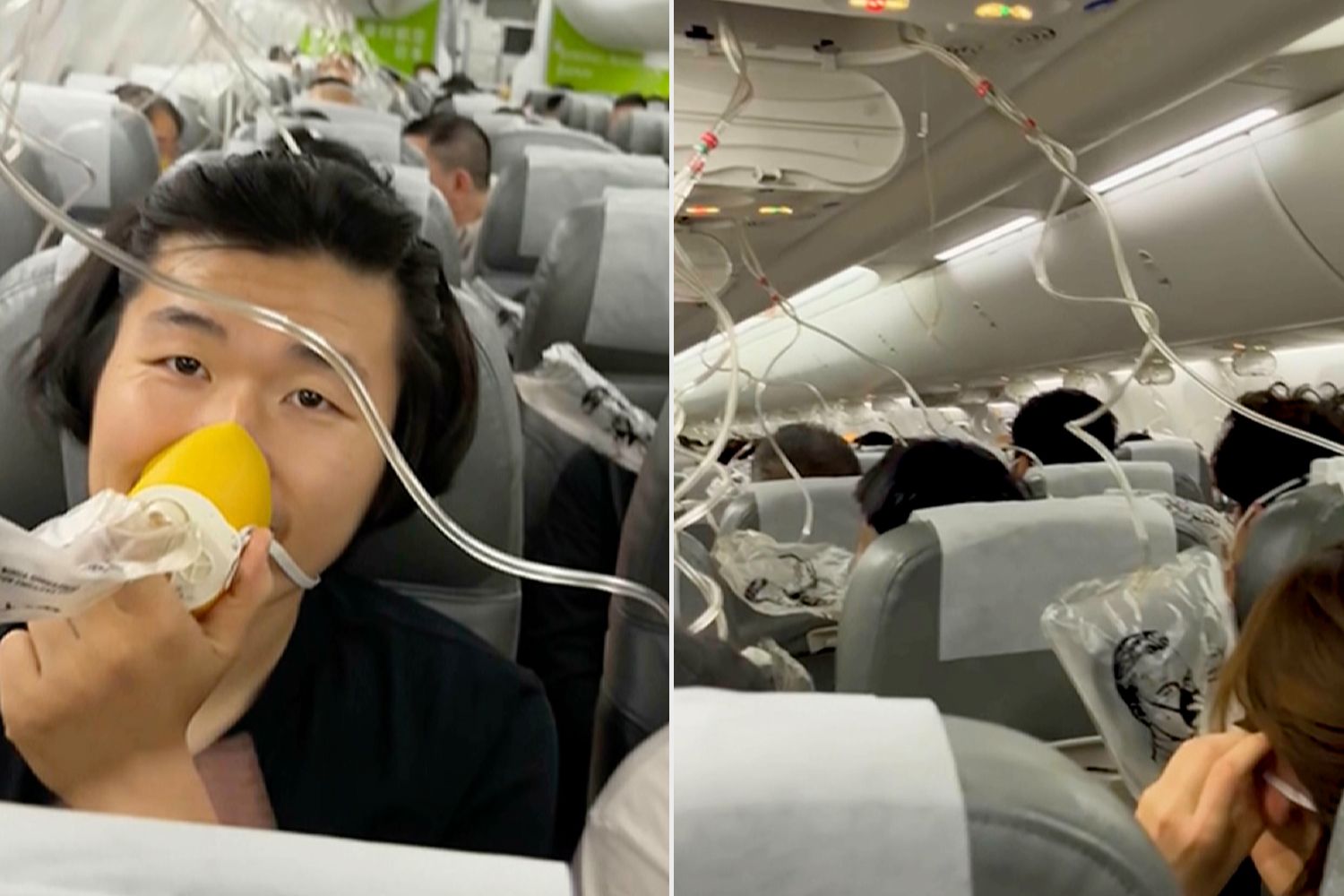Now Reading: Japan Airlines Mid-Air Scare: Boeing 737 Drops 26,000 Feet, Passengers Recall Terrifying Moments
-
01
Japan Airlines Mid-Air Scare: Boeing 737 Drops 26,000 Feet, Passengers Recall Terrifying Moments
Japan Airlines Mid-Air Scare: Boeing 737 Drops 26,000 Feet, Passengers Recall Terrifying Moments

A Japan Airlines flight from Shanghai to Tokyo turned into a tense mid-air emergency when the aircraft suddenly lost cabin pressure and descended rapidly by 26,000 feet. The Boeing 737 was forced to divert to Osaka, with passengers describing the situation as deeply frightening. Though all 191 people on board landed safely, the incident has sparked global concern, especially among Indian travellers who frequently fly to East Asia.
Sudden Drop Shocks Passengers
The aircraft was cruising normally when a pressurisation failure forced the pilots to initiate an emergency descent. Within minutes, the plane had dropped from 36,000 feet to about 10,000 feet—an altitude where oxygen masks are no longer essential but still uncomfortable for passengers.
Travellers onboard reported hearing alarms, watching oxygen masks deploy, and feeling the cabin air pressure change suddenly. Many were asleep when the drop occurred and woke up to the chaos mid-air.
Emotional Impact and Crew Response
According to passengers, some began writing messages to family, thinking the worst was near. One traveller said people were sending texts with bank details and final wishes. Cabin crew followed emergency protocol, guiding passengers through the situation while visibly emotional themselves.
Despite the panic, the crew’s actions were praised for helping avoid injuries and managing the safe landing at Kansai International Airport.
Airline Investigation Underway
Japan Airlines quickly launched an internal inspection of the aircraft’s pressurisation systems. Authorities are investigating whether the issue was mechanical, a sensor fault, or linked to maintenance. Engineers are expected to conduct a detailed review before the aircraft returns to service.
Globally, aviation experts stress that such events are rare and that commercial jets are built to handle emergencies like this with multiple backup systems.
Indian Relevance: Safety and Growing Travel to East Asia
For Indian travellers, especially those from Tier 2 cities like Kochi, Nagpur, or Jaipur, flights to Japan, South Korea, and China have become increasingly common for both education and tourism. This incident may impact passenger sentiment, with many likely to ask more questions about safety on international carriers.
Indian airlines operating Boeing 737 models will also be under public watch as travellers become more conscious about aircraft types and airline reputations.
Conclusion
The Japan Airlines incident ended without casualties, but it served as a sharp reminder of the unpredictable nature of air travel. As the investigation unfolds, travellers across the globe—including in India—will be watching closely. For many, it reinforces the importance of safety, calm response, and clear communication at 30,000 feet.

























